Name Dmitry Kabalevsky | Role Composer | |
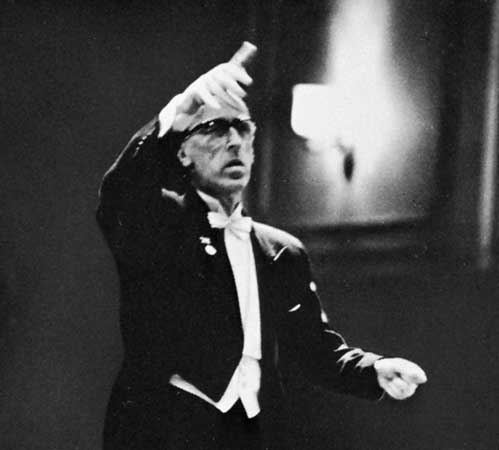 | ||
Parents Nadezhda Kabalevskaya, Boris Kabalevsky Compositions The Comedians, The Comedians, Piano Concerto No 3, Piano Concerto No 3, Comedian's Gallop, Comedian's Gallop, Piano Sonata No 2, Piano Sonata No 2, Piano Concerto No 1, Piano Concerto No 1, Piano Concerto No 2, Piano Concerto No 2, Cello Concerto no 2 - op 77, Cello Concerto no 2 - op 77, Vioolconcert, Vioolconcert, Colas Breugnon: Overture, Colas Breugnon: Overture, Rondo in A minor - op 59, Rondo in A minor - op 59, Violin Concerto in C major - op 48: I Allegro molto e con brio, Violin Concerto in C major - op 48: I Allegro molto e con brio, Requiem - op 72: Part II: V 'Black Stone', Requiem - op 72: Part II: V 'Black Stone', Piano Concerto no 2 in G minor - op 23: III Allegro molto - L'istesso tempo - Poco meno mosso - Doppio meno mosso - Tempo I (Doppio piu mosso) - Poco piu mosso, Piano Concerto no 2 in G minor - op 23: III Allegro molto - L'istesso tempo - Poco meno mosso - Doppio meno mosso - Tempo I (Doppio piu mosso) - Poco piu mosso, Symphony no 4 - op 54: II Largo, Symphony no 4 - op 54: II Largo, Requiem - op 72: Part III: IX 'Listen', Requiem - op 72: Part III: IX 'Listen', 24 Preludes - op 38: No 12 in G-sharp minor: Adagio, 24 Preludes - op 38: No 12 in G-sharp minor: Adagio, Cello Concerto no 1 in G minor - op 49: III Allegretto, Cello Concerto no 1 in G minor - op 49: III Allegretto, 6 Preludes and Fugues - op 61 no 4 in A major: "At the Young Pioneer Summer Camp", 6 Preludes and Fugues - op 61 no 4 in A major: "At the Young Pioneer Summer Camp", Sonata for Cello and Piano in B-flat major - op 71: II Allegro con moto, Sonata for Cello and Piano in B-flat major - op 71: II Allegro con moto, 24 Preludes - op 38: No 3 in G major: Vivace leggiero, 24 Preludes - op 38: No 3 in G major: Vivace leggiero, Requiem - op 72: Part I: IV 'The March of Divisions', Requiem - op 72: Part I: IV 'The March of Divisions', Symphony no 2 in C minor - op 19: II Andante non troppo – Moderato – Poco agitato – Tempo I Maestoso – Moderato – Tempo I – Poco meno mosso, Symphony no 2 in C minor - op 19: II Andante non troppo – Moderato – Poco agitato – Tempo I Maestoso – Moderato – Tempo I – Poco meno mosso, Piano Concerto no 4 - op 99 "Prague": II Molto sostenuto Improvisato – Molto espressivo – Molto sostenuto, Piano Concerto no 4 - op 99 "Prague": II Molto sostenuto Improvisato – Molto espressivo – Molto sostenuto, Piano Concerto no 1 in A minor - op 9: I Moderato quasi andantino – Poco meno mosso – Allegro – Piu mosso – Meno mosso - tranquillo – Andante – Piu mosso – Allegro moderato – Piu mosso – Poco tranquillo – Molto meno mosso – Piu mosso – Piu mosso – Andante – Poco piu mosso – Poco meno mosso – Andante molto sostenuto – Tempo I (Andantino) – Allegro moderato, Piano Concerto no 1 in A minor - op 9: I Moderato quasi andantino – Poco meno mosso – Allegro – Piu mosso – Meno mosso - tranquillo – Andante – Piu mosso – Allegro moderato – Piu mosso – Poco tranquillo – Molto meno mosso – Piu mosso – Piu mosso – Andante – Poco piu mosso – Poco meno mosso – Andante molto sostenuto – Tempo I (Andantino) – Allegro moderato, 6 Preludes and Fugues - op 61 no 2 in C major: "Becoming a Young Pioneer", 6 Preludes and Fugues - op 61 no 2 in C major: "Becoming a Young Pioneer", String Quartet no 2 in G minor - op 44: I Allegro molto ed energico, String Quartet no 2 in G minor - op 44: I Allegro molto ed energico, Piano Concerto no 4 - op 99 "Prague": III Vivo – Piu mosso Con brio, Piano Concerto no 4 - op 99 "Prague": III Vivo – Piu mosso Con brio, 24 Preludes - op 38: No 20 in C minor: Andantino semplice, 24 Preludes - op 38: No 20 in C minor: Andantino semplice, Sonata for Cello and Piano in B-flat major - op 71: III Allegro molto, Sonata for Cello and Piano in B-flat major - op 71: III Allegro molto, String Quartet no 1 in A minor - op 8: II Vivace, String Quartet no 1 in A minor - op 8: II Vivace, 24 Preludes - op 38: No 22 in G minor: Scherzando non troppo allegro, 24 Preludes - op 38: No 22 in G minor: Scherzando non troppo allegro, Romeo and Juliet - op 56: III Preparation for the Ball, Romeo and Juliet - op 56: III Preparation for the Ball, 24 Preludes - op 38: No 16 in B-flat minor: Allegro tenebroso, 24 Preludes - op 38: No 16 in B-flat minor: Allegro tenebroso, Piano Concerto no 1 in A minor - op 9: II Theme – Variations – Coda –, Piano Concerto no 1 in A minor - op 9: II Theme – Variations – Coda –, Symphony no 4 - op 54: IV Sostenuto assai, Symphony no 4 - op 54: IV Sostenuto assai, Piano Concerto no 2 in G minor - op 23: II Andantino semplice, Piano Concerto no 2 in G minor - op 23: II Andantino semplice, Piano Concerto no 2 in G minor - op 23: I Allegro moderato - L'istesso tempo - Piu mosso - Adagio molto sostenuto - Cadenza (Andante con moto - Poco piu mosso - Poco sostenuto - ma con fuoco - Piu mosso) - Tempo I (Ma poco piu animato), Piano Concerto no 2 in G minor - op 23: I Allegro moderato - L'istesso tempo - Piu mosso - Adagio molto sostenuto - Cadenza (Andante con moto - Poco piu mosso - Poco sostenuto - ma con fuoco - Piu mosso) - Tempo I (Ma poco piu animato), Cello Concerto no 2 - op 77: I Molto sostenuto - Allegro molto e energico -, Cello Concerto no 2 - op 77: I Molto sostenuto - Allegro molto e energico -, Piano Sonatina no 1 in C major - op 13 no 1: III Presto, Piano Sonatina no 1 in C major - op 13 no 1: III Presto, Piano Sonatina no 2 in G minor - op 13 - no 2 : III Moderato, Piano Sonatina no 2 in G minor - op 13 - no 2 : III Moderato, The Comedians - op 26 no 5: Pantomime Sostenuto e pesante, The Comedians - op 26 no 5: Pantomime Sostenuto e pesante, Piano Sonatina no 2 in G minor - op 13 - no 2 : II Sostenuto, Piano Sonatina no 2 in G minor - op 13 - no 2 : II Sostenuto, Piano Concerto no 2 in G minor - op 23: II Andantino semplice - Andantino con moto - Meno mosso - Tempo I, Piano Concerto no 2 in G minor - op 23: II Andantino semplice - Andantino con moto - Meno mosso - Tempo I, The Comedians - op 26 no 1: Prologue Allegro vivace, The Comedians - op 26 no 1: Prologue Allegro vivace, Romeo and Juliet - op 56: IV Procession of the Guests, Romeo and Juliet - op 56: IV Procession of the Guests, Piano sonata no 2 in E-flat major - op 45: II Andante sostenuto, Piano sonata no 2 in E-flat major - op 45: II Andante sostenuto, String Quartet no 2 in G minor - op 44: III Scherzando leggiero (quasi presto), String Quartet no 2 in G minor - op 44: III Scherzando leggiero (quasi presto), 24 Preludes - op 38: No 7 in A major: Moderato e tranquillo, 24 Preludes - op 38: No 7 in A major: Moderato e tranquillo, 24 Preludes - op 38: No 19 in E-flat major: Allegretto, 24 Preludes - op 38: No 19 in E-flat major: Allegretto, Piano Sonatina no 2 in G minor - op 13 - no 2 : III Vivace, Piano Sonatina no 2 in G minor - op 13 - no 2 : III Vivace, Suite From "Colas Breugnon" - op 24a: III The People's Calamity, Suite From "Colas Breugnon" - op 24a: III The People's Calamity Books 24 Pieces for Children, 4 Rondos - Op 60, Dmitri Kabalevsky ‑ Violin C, Twenty‑Eight Piano Pieces, Concerto No 1 - Op 49: Cello | ||
Dmitry kabalevsky rondo toccata op 60 no 4 audio sheet music
Dmitry Borisovich Kabalevsky (Russian: Дми́трий Бори́сович Кабале́вский; 30 December [O.S. 17 December] 1904 – 14 February 1987) was a Russian composer.
Contents
- Dmitry kabalevsky rondo toccata op 60 no 4 audio sheet music
- Dmitry kabalevsky the comedians
- Life
- Honours and awards
- Selected filmography
- Works
- References
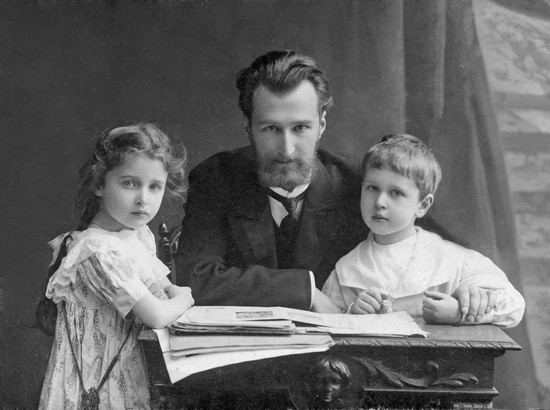
He helped to set up the Union of Soviet Composers in Moscow and remained one of its leading figures. He was a prolific composer of piano music and chamber music; many of his piano works have been performed by Vladimir Horowitz. He is probably best known in the West for the "Comedians' Galop" from The Comedians Suite, Op. 26 and his third piano concerto.
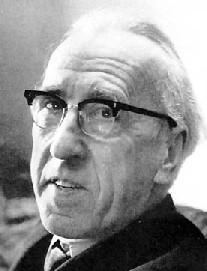
Dmitry kabalevsky the comedians
Life
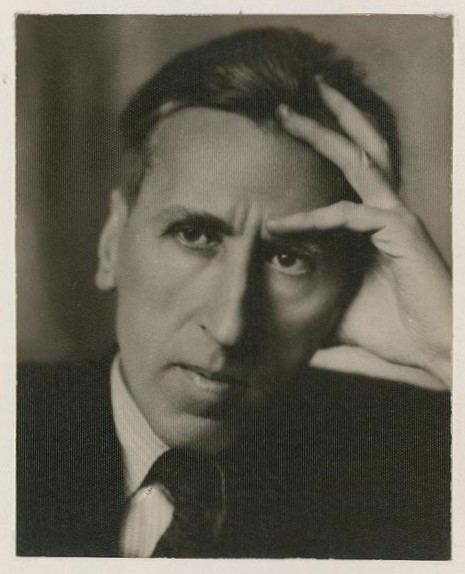
Kabalevsky was born in Saint Petersburg. His father was a mathematician and encouraged him to study mathematics; however, in early life he maintained a fascination with the arts, and became an accomplished young pianist, including a three-year stint as a pianist in silent theatres. He also dabbled in poetry and painting. He graduated from the Academic Music College, Moscow in 1925, and against his father's wishes entered the Moscow Conservatory, studying for the next five years there composition under Nikolai Myaskovsky and piano with Alexander Goldenweiser. In 1925 he joined PROKULL (Production Collective of Student Composers), a student group affiliated with Moscow Conservatory aimed at bridging the gap between the modernism of the ACM and the utilitarian "agitprop" music of the RAPM. He started to teach in the Moscow Conservatory in 1932, becoming a professor in 1939.
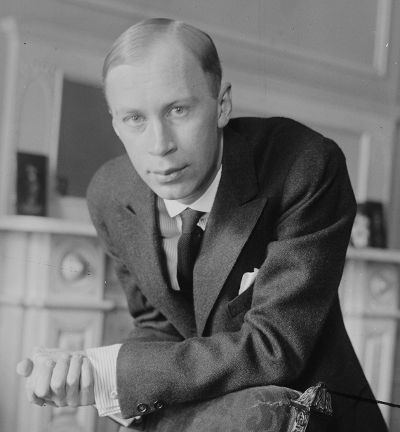
During World War II, he wrote many patriotic songs, having joined the Communist Party in 1940, and was the editor of Sovetskaya Muzyka for its special six-volume publishing run during the war. He also composed and performed many pieces for silent movies and some theatre music.
In 1948, when Andrei Zhdanov declared his resolution on the directions that Soviet music should take, Kabalevsky was originally on the list of named composers who were the most guilty of formalism; however, due to his connections with official circles, his name was removed. Another theory states that Kabalevsky's name was only on the list because of his position in the leadership of the Union of Soviet Composers.
In general, Kabalevsky was not as adventurous as his contemporaries in terms of harmony and preferred a more conventional diatonicism, interlaced with chromaticism and major-minor interplay. Unlike fellow composer Sergei Prokofiev, he embraced the ideas of socialist realism, and his post-war works have been characterized as "popular, bland, and successful," though this judgement is attributed to many other composers of the time, and some of Kabalevsky's best-known "youth works" date from this era (the Violin Concerto, the First Cello Concerto).
Perhaps Kabalevsky's most important contribution to the world of music-making is his consistent efforts to connect children to music. Not only did he write music specifically directed at bridging the gap between children's technical skills and adult aesthetics, but during his lifetime he set up a pilot program of music education in twenty-five Soviet schools. Kabalevsky himself taught a class of seven-year-olds for a time, teaching them how to listen attentively and put their impressions into words. His writings on this subject were published in the United States in 1988 as Music and education: a composer writes about musical education.
In 1961, Kabalevsky made some stereo recordings, conducting his Overture Pathetique, Spring, and Songs or Morning, which were released in the U.S. in 1975 on the Westminster Gold label.
He was awarded a number of state honors for his musical works (including three Stalin Prizes). Kabalevsky had become quite a force in musical education. He was elected the head of the Commission of Musical Esthetic Education of Children in 1962 as well as being elected president of the Scientific Council of Educational Esthetics in the Academy of Pedagogical Sciences of the USSR in 1969. Kabalevsky also received the honorary degree of president of the International Society of Musical Education. Kabalevsky wrote for all musical genres and was consistently faithful to the ideals of socialist realism. In Russia, Kabalevsky is most noted for his vocal songs, cantatas, and operas while overseas he is known for his orchestral music. Kabalevsky frequently travelled overseas; he was a member of the Soviet Committee for the Defense of Peace as well as a representative for the Promotion of Friendship between the Soviet Union and foreign countries.
His notable students included Leo Smit.
He died in Moscow on 14 February 1987.
